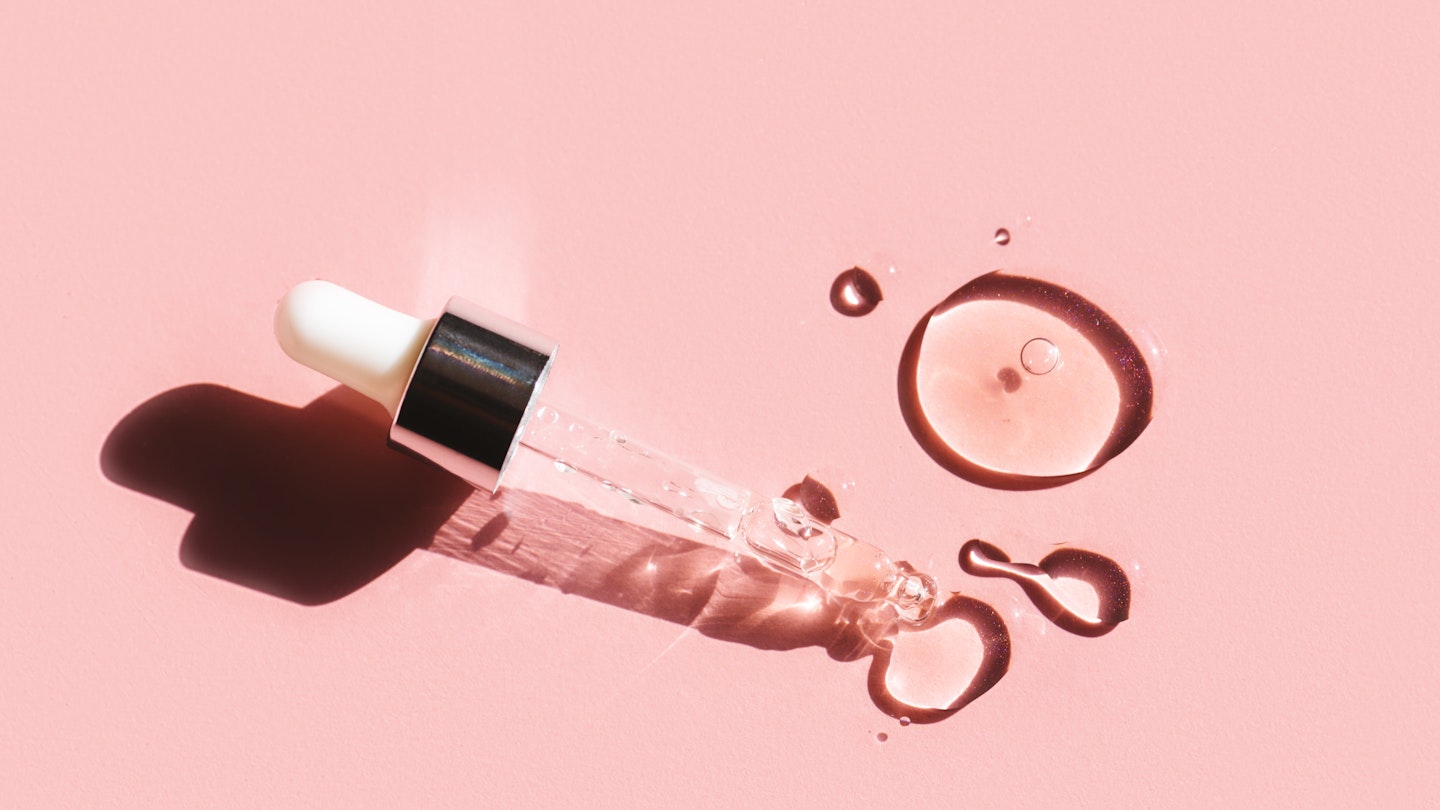While certain ingredients take centre stage in the realm of skincare (like hyaluronic acid and vitamin C) others hide in the background and remain relatively unknown - yet their benefits and results are just as impressive. One such ingredient is azelaic acid, which as of late has deservedly gained more and more traction with Google searches up 600% . ‘I’m delighted it’s finally getting its moment,’ says cosmetic dermatologist, Dr Sam Bunting, ‘it’s so versatile and has so many benefits.’
On the subject of benefits, research has reported impressive results when using azelaic acid in clinical trials. For instance, one study found that azelaic acid 20% cream is as effective as tretinoin 0.05% (a prescription retinol) in treating acne. And it works wonders for soothing inflammation too. Impressive, right? To find out more about this unsung hero, we’ve spoken to the experts.
What Does Azelaic Acid Do?
‘This naturally occurring acid is, in fact, a by-product of a yeast that lives on all our skin,’ explains Bunting. ‘Specifically, it’s a dicarboxylic acid and can be obtained from grains like barley, wheat and rye.’ In skincare, azelaic acid is often lab-engineered to maximise stability and effectiveness.
So, how does this dermatologist-approved ingredient benefit our skin? First up, inflammation. ‘Azelaic acid reduces inflammation in the skin by its effect on the activity of Toll-like receptors (a class of proteins that play a key role in the innate immune system), which sense our environment for danger and help to activate our skin’s defences,’ explains Bunting. ‘In redness-prone skin, these sensors are turned up too high and azelaic acid helps bring them back under control.’ Which is why it is often recommended for those who suffer from rosacea, as it will help calm redness while reducing skin sensitivity. Double Tick!
‘It also acts as an antibacterial and reduces the tendency for our skin cells to clog up our pores,’ adds Bunting, ‘which makes very helpful in acne-prone skin.’
‘As if that wasn’t enough, azelaic acid also inhibits the action of tyrosinase (an enzyme that controls the production of melanin – the pigment that gives skin colour), reducing the tendency for our skin to develop pigmentation.’ To read more on hyperpigmentation and how to treat it click here. ‘This means it’s helpful in post-acne marks as well as melasma,’ says Bunting.
SHOP: The Best Azelaic Acid Skincare Products Here
Azelaic Acid Skincare Products
 1 of 5
1 of 5Dr Sam's Flawless Brightly Serum, £44
 2 of 5
2 of 5The Ordinary Azelaic Acid Suspension 10%, £5.50
 3 of 5
3 of 5Paula's Choice 10% Azelaic Acid Booster, £37
 4 of 5
4 of 5Niod RE: Pigment, £28
 5 of 5
5 of 5Typology Mattifying Serum 10% Azelaic Acid, £11.80
Is Azelaic Acid An AHA?
Whilst most of us are probably familiar with, or already use, glycolic acid (an AHA) and/or salicylic acid (a BHA) to treat acne and pigmentation – are these categories any more effective than azelaic acid? Neither an AHA or a BHA, azelaic acid is produced by a yeast that occurs naturally on our skin. ‘Personally, I think azelaic acid has a much more meaningful impact on the skin than either AHAs or BHAs because of this multitude of actions inside skin cells to regulate their function,’ says Bunting.
According to Paula Begoun, skincare expert and founder of Paula’s Choice, she says on her website that azelaic acid is not as effective as exfoliating as glycolic acid and lactic acid(AHAs) but it does have the added value of improving skin tone and other skin concerns. And you don’t have to choose between the three – ‘it partners well with other actives,’ assures Bunting, ‘it’s a real team player!’
Who Should Use Azelaic Acid?
If your skincare concerns involve acne, pigmentation and/or redness – azelaic acid is a real hero ingredient. ‘Look for 5% if your skin is sensitive and you’re just getting started,’ advises Bunting. ‘And slowly build up to 15-20 % (on prescription) if you enjoy it’s many benefits - as skin acquires tolerance.’
READ MORE: What Are Ceramides And How Do They Help Our Skin?
READ MORE: Everything You Need To Know About Vitamin C, The Hero Ingredient For Boosting Glow
